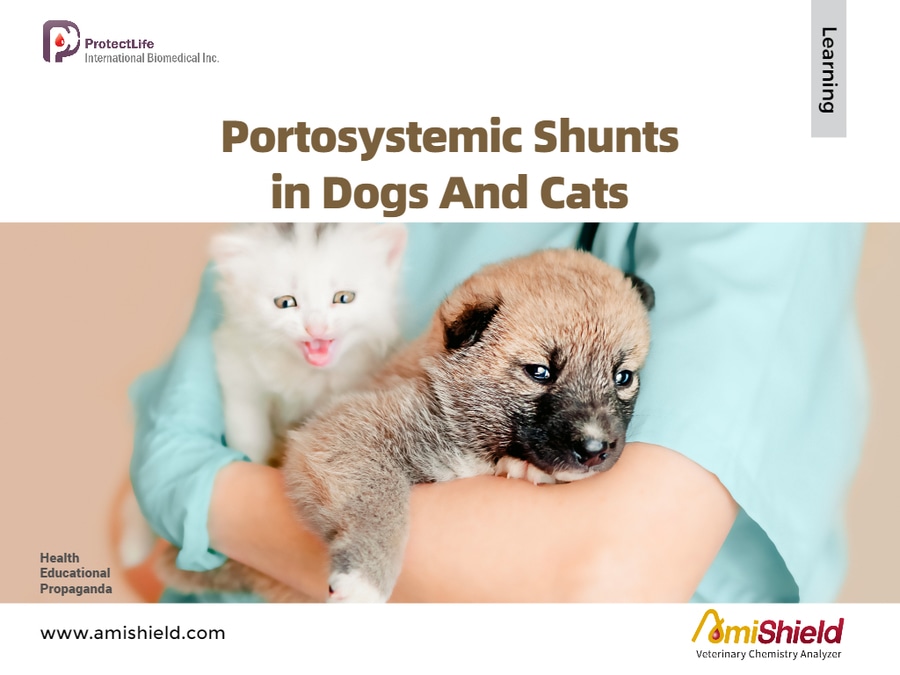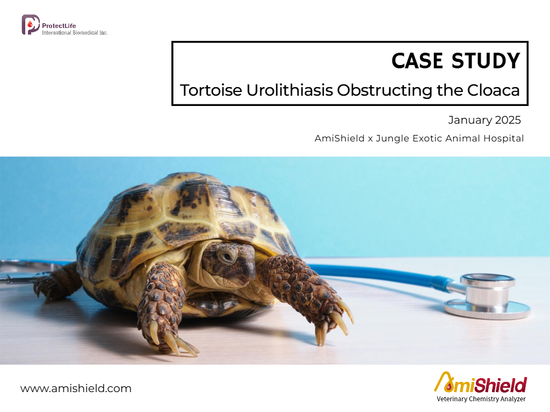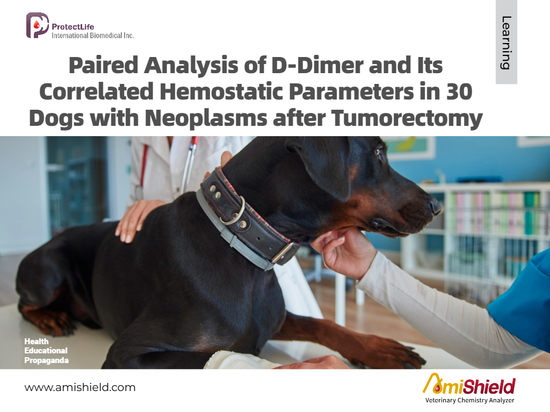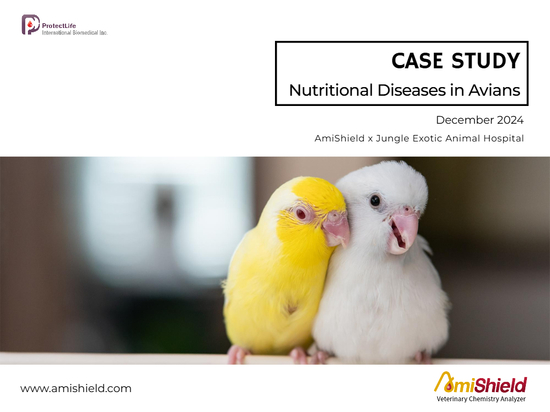
#Industry News
Portosystemic Shunts in Dogs And Cats
The liver is an important organ in vertebrates.
Its main task is to process blood; more explicitly, it breaks down the nutrients and chemicals where the body’s blood carries, removes toxins as well as regulating blood sugar levels. To perform these functions, the hepatic portal system plays a vital role. The hepatic portal system is the venous system which is responsible for returning blood from the digestive tract and spleen to the liver.
However, when Portosystemic Shunts (PSS) occur, the portal blood which should be passed through the portal vein to the liver originally bypasses the liver and flows into the systemic circulation. Clearly, a PSS is an abnormal connection between portal vascular system and systemic circulation. It results in increased bile acid levels and causes hyperammonemia. Moreover, it frequently leads to hepatic encephalopathy syndrome.
Most PSS (accounting for 70%) in dogs and cats are congenital and typically seen in breed dogs and cats. In clinical practices, it can be diagnosed by using blood tests to check the TBA marker. Performing surgical operations is an effective treatment option for such vascular anomaly. For more information, please click the link below.





